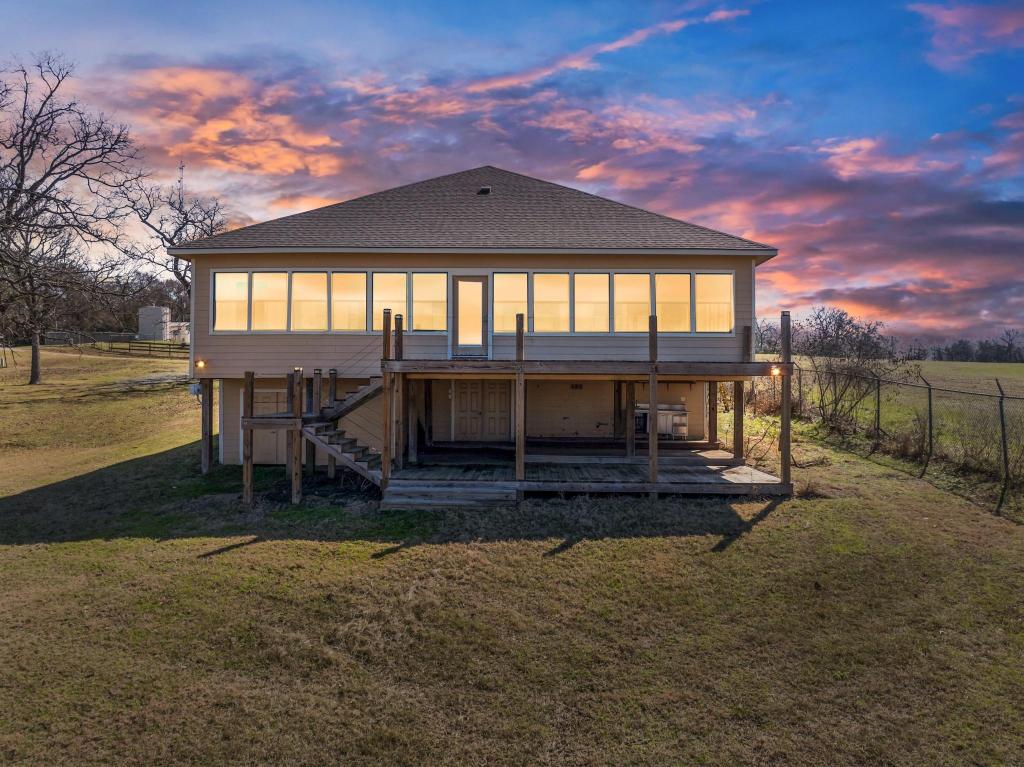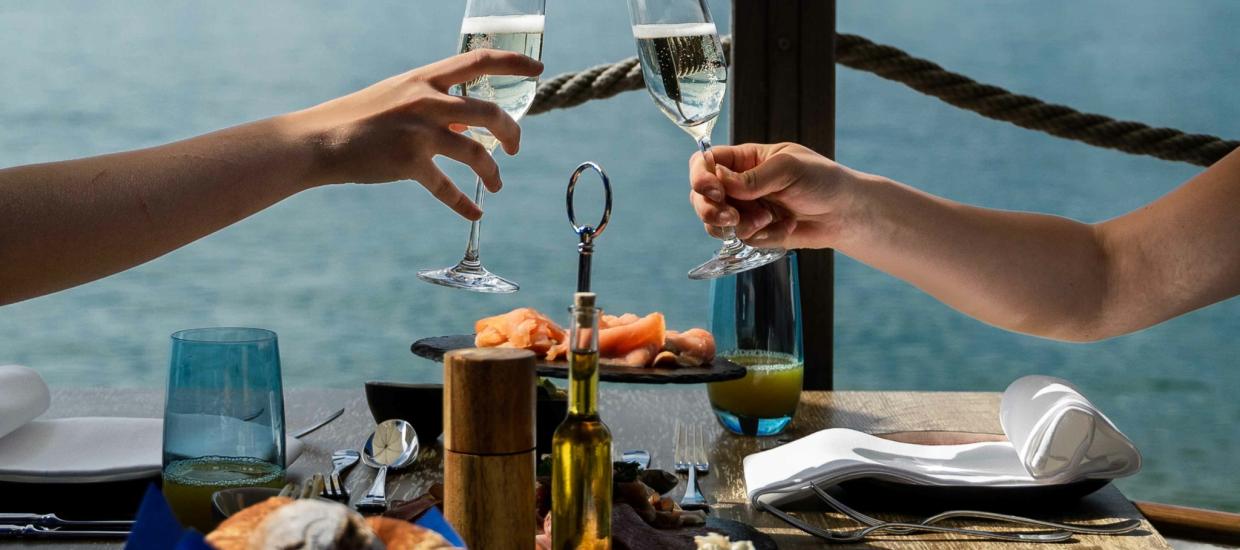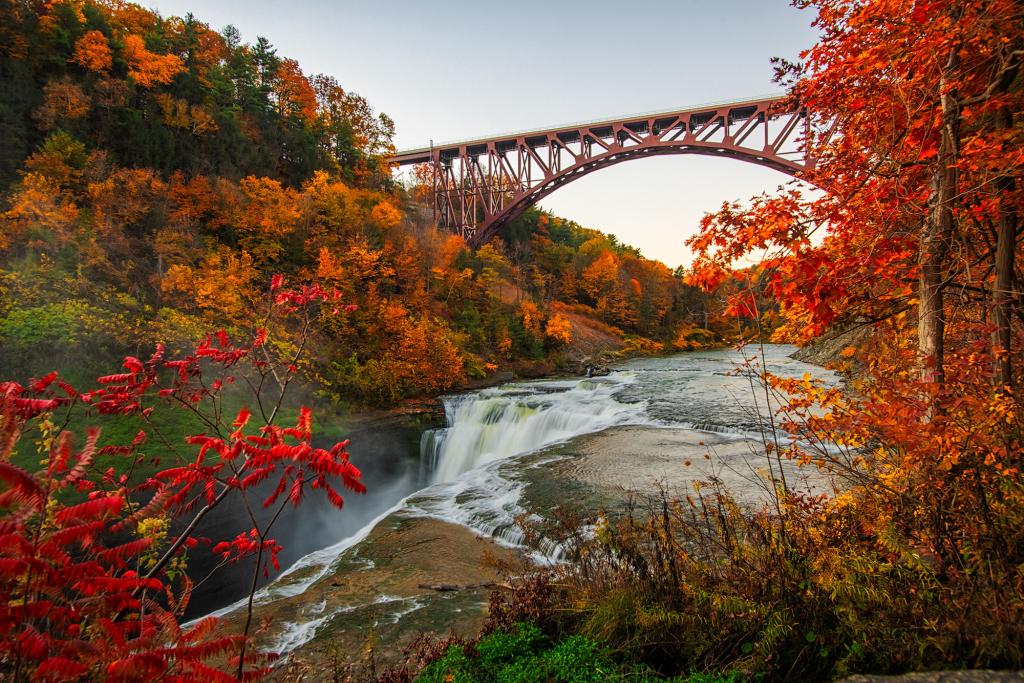
Previously, we highlighted Mackinac Island, MI, the number one place to visit this fall according to USA Today’s 10 Best list. Today’s feature is Rochester, NY, coming in at number two as one of the best places to visit in the U.S. during the fall, thanks to its stunning fall landscape, crisp weather, and seasonal activities. Positioned on the southern shores of Lake Ontario and serving as the northern gateway to the Finger Lakes region, this vibrant city offers the perfect blend of natural beauty and cultural richness. If you’re planning a trip to this upstate gem, be sure to check out our guide. Whether you’re chasing the exciting city scene or traveling with family, this city in Upstate New York is a must-visit this autumn.
Rochester Traveler-Friendly Tips

Before you arrive in the “Flower City,” or “Flour City,” there are a few useful tips every traveler should know. First, while some neighborhoods like the East End and Park Avenue are very walkable, Rochester’s attractions are spread out. Renting a car is highly recommended to conveniently explore everything from the shores of Lake Ontario to the city’s historic sites and the nearby Finger Lakes region. If you’re flying in, you’ll arrive at the Frederick Douglass Greater Rochester International Airport (ROC), which is an easy 10-minute drive from downtown.
Second, be prepared for changeable autumn weather. A Rochester fall day can start with crisp sunshine and end with a chilly breeze, especially near the lake. Packing layers is key—plan to bring sweaters, a light-to-medium jacket, and perhaps a raincoat to stay comfortable as you explore. This preparation will ensure you can enjoy the beautiful fall foliage, no matter what the forecast holds.
Shopping and Dining

Rochester’s neighborhoods are bustling with activity. The East End district offers a vibrant nightlife with theaters, bars, and eclectic restaurants, while the Park Avenue neighborhood is lined with charming boutiques, art galleries, and cafes perfect for a leisurely afternoon. For a truly local experience, visit the Rochester Public Market, a thriving year-round market where you can find fresh produce, artisan cheeses, and a wide variety of ethnic foods.
When it comes to dining, Rochester caters to every palate. You can indulge in a fine dining experience, explore a growing craft brewery scene, or try the city’s iconic, must-have dish: the Garbage Plate. Many establishments pride themselves on using fresh ingredients sourced from the surrounding Finger Lakes region, giving you an authentic taste of Upstate New York.
History and Culture

Rochester is steeped in a rich history that is visible at every turn. You can explore the beautifully preserved home of Kodak founder George Eastman at the George Eastman Museum, which also houses one of the world’s premier collections of photography and film. Step into the fight for equality at the National Susan B. Anthony Museum & House, the site of her famous arrest for voting. The city also honors the legacy of Frederick Douglass with monuments and tours highlighting his life and work as an orator and abolitionist. The city’s architecture is a defining feature, with grand historic mansions, repurposed industrial buildings, and beautiful parks designed by Frederick Law Olmsted.
Family-Friendly Attractions

Rochester is an incredible destination for families, anchored by The Strong National Museum of Play. This massive, interactive wonderland is dedicated entirely to the history and exploration of play, featuring everything from a life-sized Sesame Street neighborhood and a working 1918 carousel to the World Video Game Hall of Fame. Other fantastic options include the Rochester Museum & Science Center, which offers hands-on science exhibits and a stunning planetarium, and the Seneca Park Zoo, home to African elephants, snow leopards, and the beloved red panda.
Outdoor Activities

For those who love the great outdoors, a fall trip to Rochester is a true paradise. The crisp autumn air and stunning foliage create the perfect backdrop for a day of exploration. One of the most unique sights is High Falls, a massive waterfall located right in the city’s center. You can walk the Genesee Riverway Trail for spectacular views of the falls against a backdrop of historic mills.
Rent a bike and ride a portion of the Erie Canal Heritage Trail, or head to Highland Park to see the vibrant reds, oranges, and yellows of the fall colors. Being just 30 miles north of the Finger Lakes, Rochester is also the perfect starting point for a scenic drive through wine country, where you can hike in parks like Letchworth State Park, known as the “Grand Canyon of the East.”
Fall Festivals

Its picturesque foliage color display is just the beginning, as autumn in the Rochester area is also celebrated with annual traditions and lively festivals such as Fall Fest. The season is synonymous with apple picking, and numerous local farms and orchards host harvest festivals throughout the fall. Visitors can enjoy picking their own apples, navigating corn mazes, and tasting fresh-pressed cider and warm apple cider donuts. Many local breweries also release seasonal Oktoberfest and pumpkin-spiced ales, and wineries throughout the Finger Lakes region host harvest events celebrating the year’s vintage.
From the vivid landscapes of the Genesee River Gorge to the captivating exhibits in its museums, Rochester delivers an unforgettable autumn escape. Whether you spend your days exploring world-class family attractions, hiking past waterfalls, or simply savoring a locally crafted beverage, the city’s welcoming atmosphere provides the perfect escape. It’s a place where natural beauty and rich American history converge, creating an unforgettable fall experience.

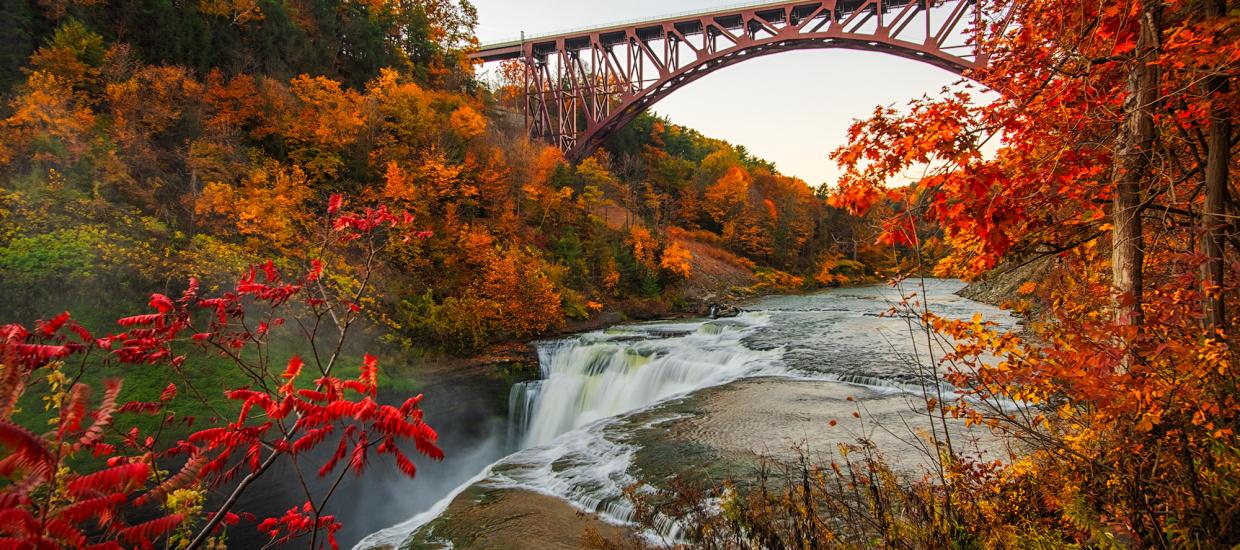
![[PriceyPads.com] 26-Acre Entertainer’s Dream on Smith Lake Asks $4.99 Million in Bremen, Alabama](https://www.lakehomes.com/info/wp-content/uploads/2025/09/2610-County-Road-71-Bremen-AL-35033-1240x550.jpeg)
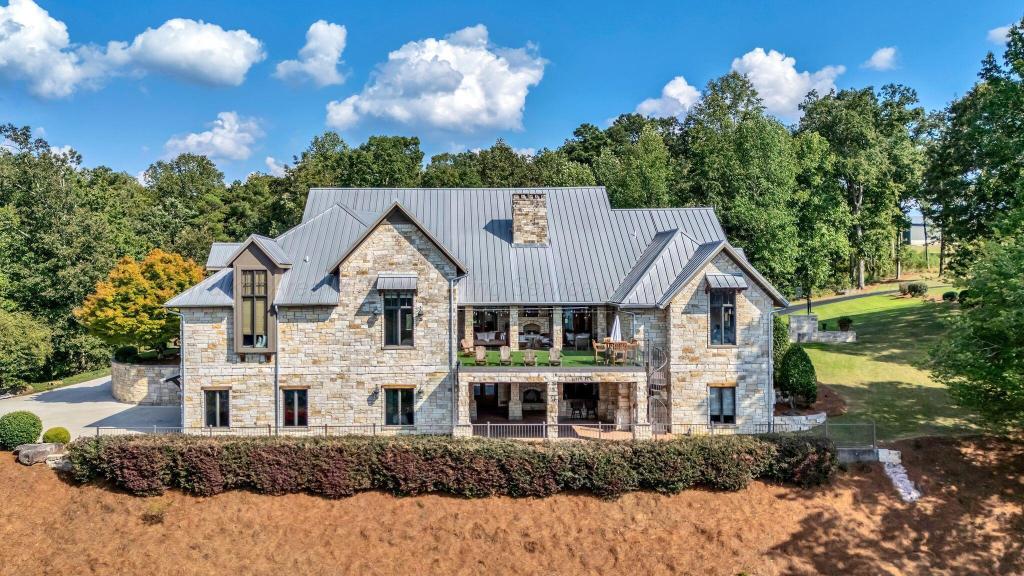
![[Haven Lifestyles] 5 Texas Luxury Estates Showcasing Expansive Acreage and Sophisticated Design](https://www.lakehomes.com/info/wp-content/uploads/2025/09/1237-Overlook-Ct.-Whitney-TX-1000x550.jpg)

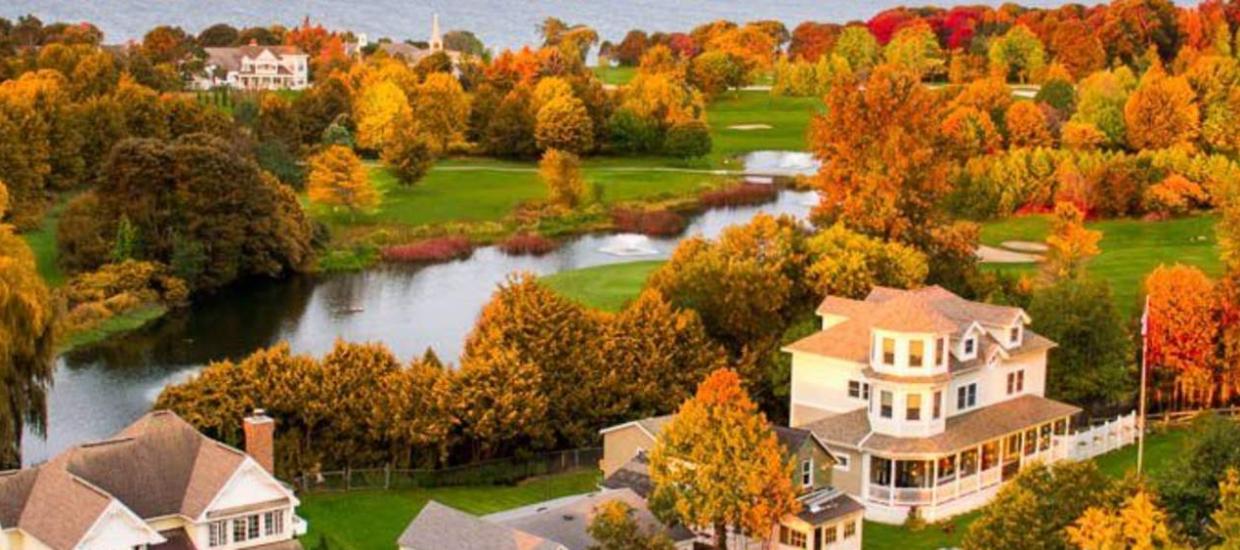


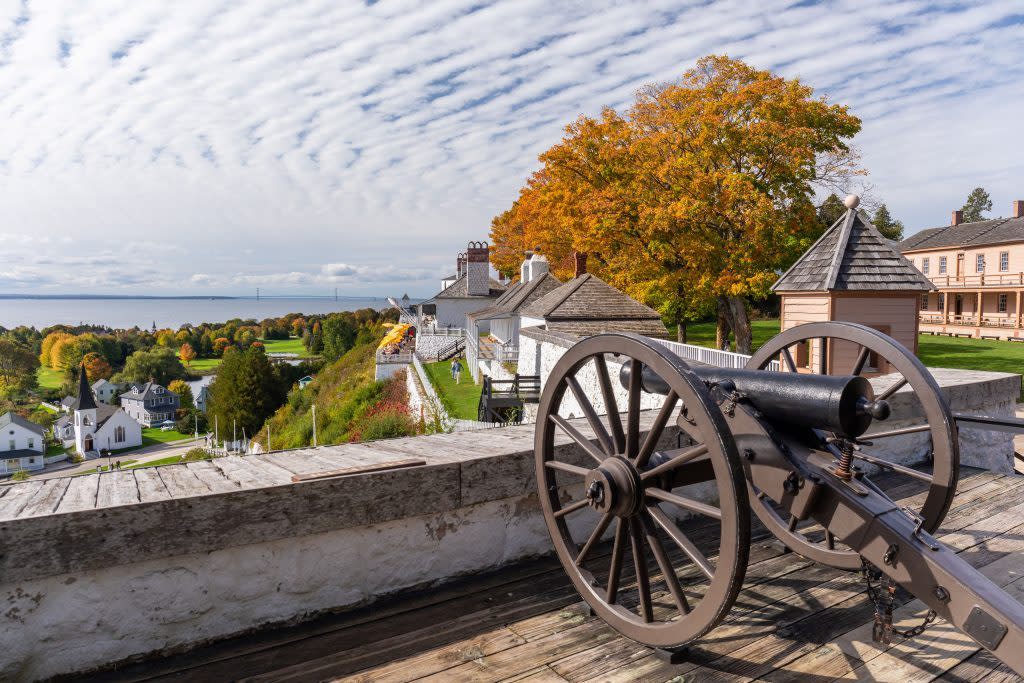
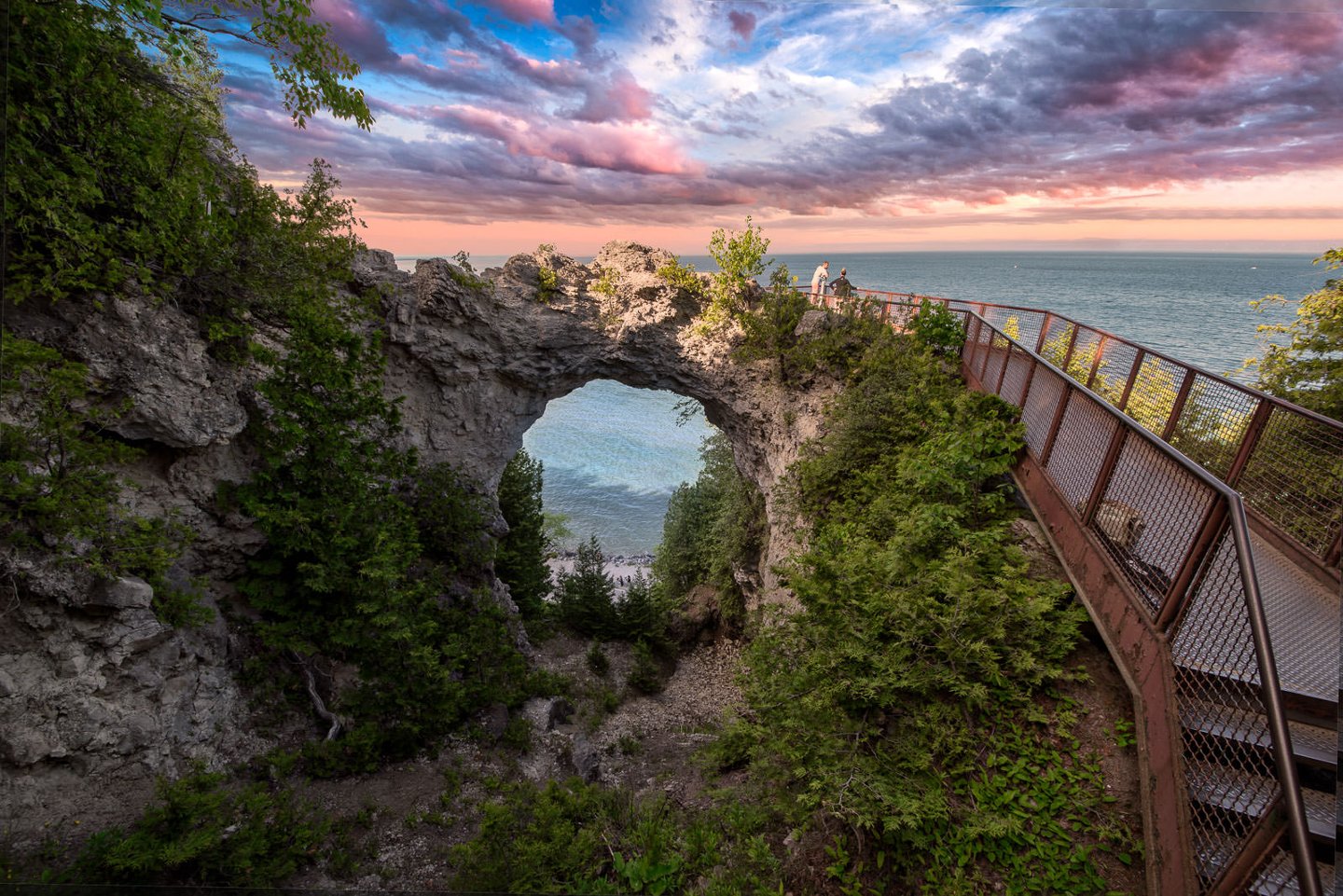

![[PriceyPads.com] Save This House! C. 1899 Fixer Upper Pending Sale in Schenectady, New York](https://www.lakehomes.com/info/wp-content/uploads/2025/07/202518024-5_20250610130940-1240x550.jpeg)











![[Haven Lifestyles] 5 Texas Luxury Estates Blending Sophisticated Design and Expansive Living Spaces](https://www.lakehomes.com/info/wp-content/uploads/2025/09/88583456-1_20250418144700-1240x550.jpeg)
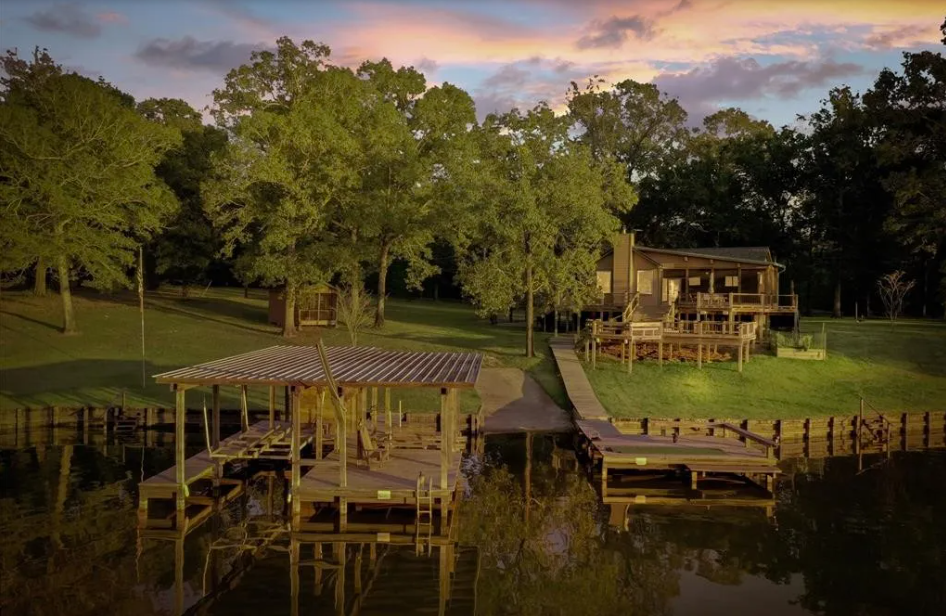
![[Haven Lifestyles] 5 Texas Residences Showcasing Upscale Design and Spacious Living](https://www.lakehomes.com/info/wp-content/uploads/2025/09/89173809-5_20250823232200-1240x550.jpeg)
